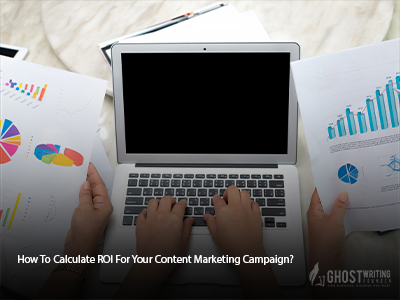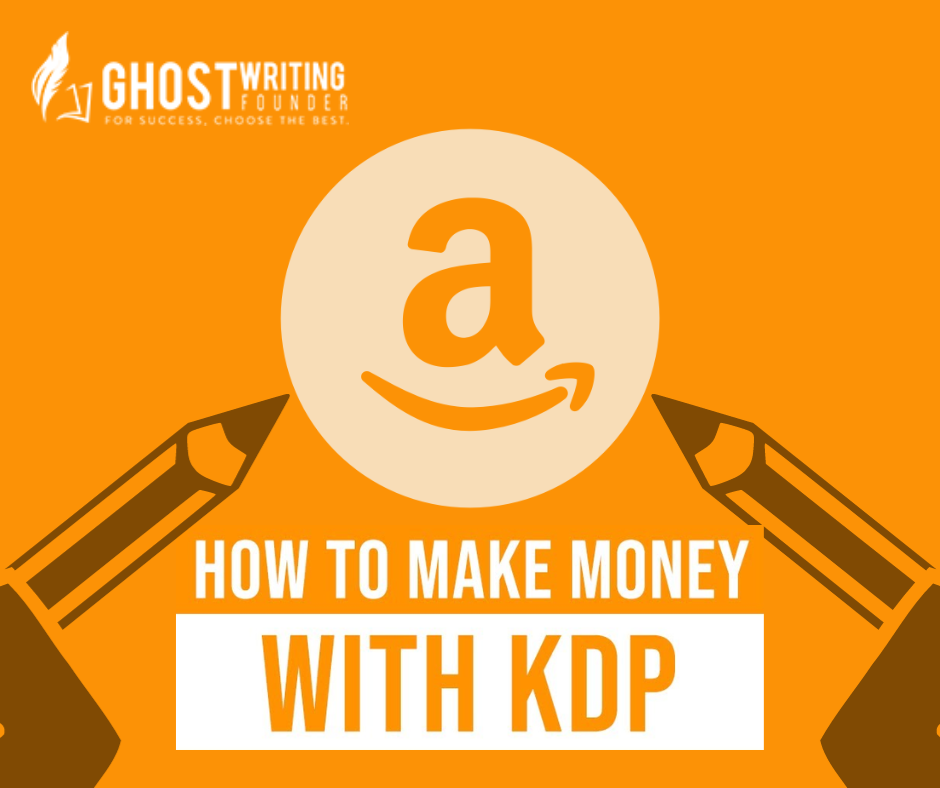
Writing
Keep in mind the main goal of marketing: to grow your business at the lowest cost possible. So, for the brands, his growth totally depends on acquiring and nurturing a lead. Your content market (CM) metrics must be aligned with the goal. Every activity you do, the content market campaign you execute, or the tests you run needs to produce a proper return on your marketing time and investment tools. Generate a positive return on investment (ROI).
I’ll tell you about these ROI calculations in a bit. But I’ll cover some marketing content measurement basics first.
Content marketing campaign measurement basics.
There are three main aspects of any metrics that you measure:
determination of what to track.
Managing and measuring the data.
Turning the data into actionable insights.
Now let’s go through each of them in detail.
Only because you can measure anything doesn’t mean that you should. So, let’s start:
you need to identify your top measurement priorities and underlying metric data to handle these priorities.
Establish performance benchmarks for your analysis
calculate the baseline costs involved in executing your content marketing campaign plan so that you can calculate the return on this investment.
However, you have to decide which key performance indicator (KPIs) should be tried as evidence of your content’s impact. You also have to ensure that the visitor’s actions related to each of these metrics are being tagged in your analytics tool. If they haven’t tagged yet, you can track it.
You need to note that the vast majority of the KPIs, except for the conversion rate, is simply the performance indicators but not directly tied to the revenues.
So, you don’t have to track all of these metrics. Instead, it would be best if you were looking for:
find out which of the KPIs have a high conversion or revenue leverage correlate with higher downstream conversion.
Track and analyze the data that would allow you to calculate the revenues generated in the cost incurred for each of your content marketing campaigns.
Managing and measuring data
When you are putting your measurement program in place, you decide how frequently to collect the data. Collecting too often, and you may not be allowed enough time for patterns to appear. But if you wait too long and risk overlooking the problems that could prevent your content from reaching its goal.
When you have chosen the meaningful metrics for your business, you will then want to track the performance of each of the content assets you publish against those benchmarks. Creating dashboards is the best way to do this while you can see all of your data in one single place whenever you want.
Google Analytics has become the place to review the site visitor’s metrics page views and bounce rates. But these kinds of aggregated data only show you the big picture of your content’s performance. To know why certain content is providing better results, you would need to measure the content marketing campaign’s impact on an individual level. This basically is the reality of marketing automation and the CRM system.
By integrating the modern generation of marketing automation applications do your marketing tech stack, you will track which of the content your prospects consume. Then we’re correlating this content with the action your visitors choose to do before and after viewing it, and you can then discover which content pieces are more likely to result in conversions.
ROI: the metric that catches your exec teams’ attention.
The other KPI’s are good, but we have to face it, the metric your executive team mostly cares about is the ROI of your content marketing campaign team’s effort.
To estimate the ROI, you may need to calculate the baseline costs involved in creating, distributing, and promoting your organization’s content. You would need to factor in both the average production cost, such as copywriting, design services, technology, and marketing tools, as well as the overhead and administrative costs.
A more standard way to demonstrate the business value is by estimating each content marketing campaign’s return on investment. Instead of factoring in your business’s overall delivery coma costs, calculate marketing dollars IN and OUT’s marketing dollars. Then estimate your per campaign ROI as:
ROI: (Revenue- Expenses) / Expenses.
When you’ve done this for each of your content marketing campaigns, consolidate the expense, and the revenue amounts across all channels to get your overall marketing ROI.
As your content marketing campaign programs get more sophisticated, you can always create more rigor into your ROI calculations when you add data scientists to your team.
Calculating the value of the leads
As they usually coordinate with the sales teams, most of the content marketers speak more about these leads’ value. If this does sound familiar to you, here is how you can calculate the ROI, the value of the leads:
SQL is a customer who has been researching, 1st by an organization’s marketing department and then by the sales team. These leads fit your targeted buyers’ persona and then have the means to buy.
Most of the marketers actually have much more marketing qualified leads. The marketing qualified leads is a website visitor whose engagement level indicates that they are likely to be a potential customer. Then it’s the marketing team’s job to nurture this lead so that it becomes a SQL.
You can say that you sell cloud-based CRM software, and your own marketing efforts have generated almost 500 SQL’s for a given month. If they are converted, each of the leads represents almost $1200; that is the average lifetime value, LTV, of each customer. You can only convert about 4% of these SQL’s into potential customers.
So as an example, the revenue value of all these leads:
1200*500*0.04=$24,000
You need to insert this value into the above equation and the estimated cost of acquiring these customers to get your ROI.
If you are working on video content marketing campaigns, you should be because well-produced videos generate higher income than copy-based content; the calculations are similar to this.
The simplest and common way to calculate ROI for the videos is to take the revenue generated by your video content campaign marketing divided by the total of the video production costs. Let’s say if you acquire 50 paying customers would $50.00 each. however the video production costs you around dollar 600 to make, you would have an ROI of around $2500 -$600 / 600= 3.17.
This metric is an easy and quick way to compare the effectiveness of video content marketing campaigns. If one of your videos has a higher ROI than others. also, it will make sense to get up the traffic to the higher-performing video and its associated lead-generating funnels.
Analyzing Video Performances
A much better way of analyzing video performances by using lifetime value. This would require the following data points to calculate the churn rate and the average revenue per customer. You can check the lifetime value and then measure how it changes over for each video campaign. This analysis is useful since it informs you how should you allocate your marketing expenditure for the future content marketing campaign.
For calculating the lifetime value for a given video content marketing campaign, divide your average revenue per visitor by your customer turn rate, the percentage of the customer who leaves you each year.
To calculate the ROI, subtract the acquisition cost from the lifetime value then divided it by the cost of acquisition. Using the cost of $600 from earlier, the ROI is based on the lifetime value.
$1200 – 600 dollars / $600 =1.0.
Key Characteristics and Profound Details
| Strategic Element | Key Focus Areas | Impact on ROI and Business Growth |
|---|---|---|
| Prioritization of Metrics | Identifying top measurement priorities. Determining the most relevant KPIs for content impact. | Ensures resources are focused on metrics that drive revenue and conversion. |
| Benchmarking Performance | Establishing baseline costs and expected performance levels for content campaigns. | Provides a reference point for measuring campaign success and ROI. |
| Data Management and Analysis | Regular collection and analysis of data. Creation of dashboards for tracking performance. | Facilitates timely insights and adjustments to maximize content effectiveness. |
| Actionable Insights from Data | Transforming data into strategies for improvement and growth. | Drives continuous improvement in content strategy to enhance ROI. |
| ROI Calculation Fundamentals | Calculating ROI using the formula: (Revenue – Expenses) / Expenses. | Provides a clear financial picture of content marketing efforts to inform decision-making. |
| Value of Leads | Assessing the revenue potential of SQLs and MQLs. | Quantifies the impact of content marketing on sales and lead generation. |
| Video Content ROI Analysis | Analyzing performance and lifetime value of video content. | Enables targeted investment in high-performing content types for better ROI. |
The words, video turn marketing campaign had just broken even.
The last example assumes that you only had one potential customer. Few acquire more than one; divide the total cost by the number of acquired customers and see how it boosts your ROI. For example, if you gain 5 customers, the ROI would be $800 – 120 dollars / $120= 5.67.
When you have the revenue and the cost for each content marketing campaign or the estimated values, you can plug them into any ROI Calculator. It is hoped that you are not annoyed with the experience that I shared with you later versus sooner; it is believed that you need to understand how the calculations are done before automating them.
If you notice that the metrics used for a few years to measure the content marketing campaigns’ performance don’t measure the real revenue gains or catch the executive team’s attention, it may time to change your approach.
The ROI is what your companies executive care all about. You need to learn these calculations. By sharing your high ROI’s, you make a case for investing in the marketing tools and the technology that will convert more of your leads into customers.









Leave a Reply